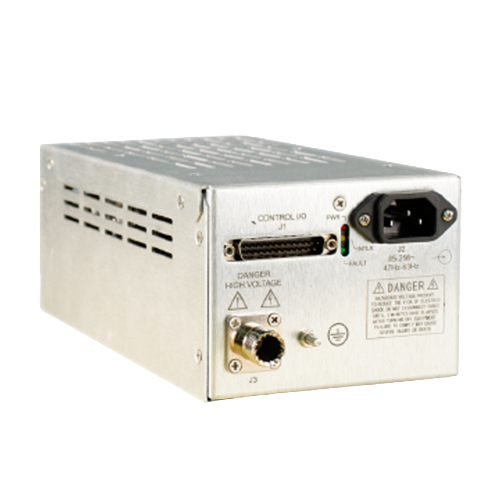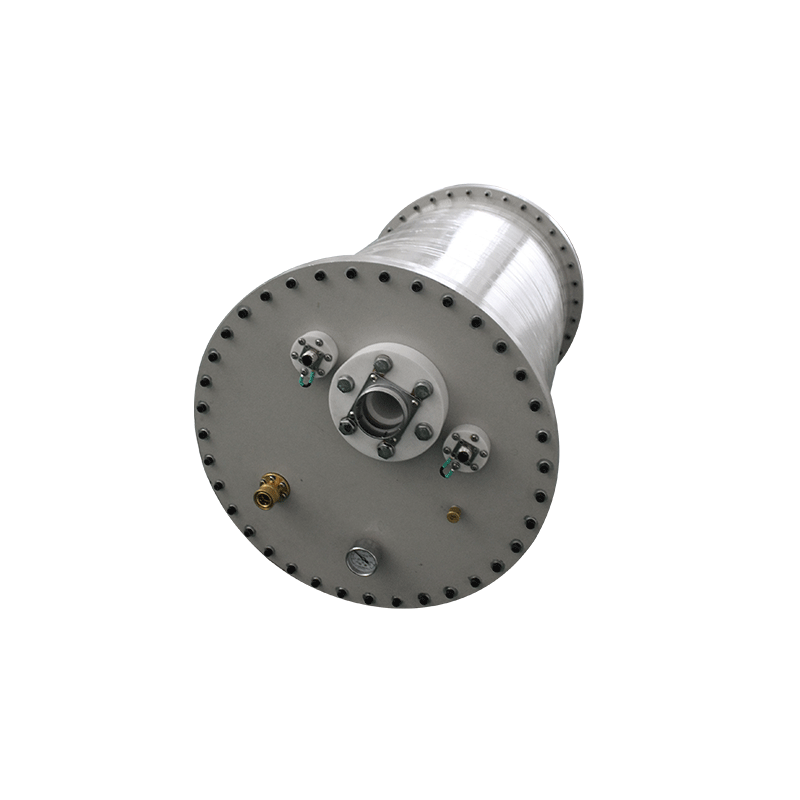Optimization of Ion Beam Energy Distribution through High-voltage Power Supply Design in Ion Beam Systems
The energy distribution characteristics of ion beam systems critically determine process repeatability and resolution in precision applications such as semiconductor doping and material modification. As the core power source for ion acceleration, the output characteristics of high-voltage power supplies—including voltage stability, dynamic response speed, and ripple suppression—fundamentally influence energy concentration, dispersion angle, and spatial uniformity.
1. Voltage Parameter Regulation of Energy Dispersion
1. Static Voltage Fluctuation Suppression
Research indicates that static output voltage fluctuations exceeding 0.1% can broaden ion energy dispersion (FWHM) to 15eV, causing atomic-level implantation depth deviations. Multistage linear regulation with digital feedback modules reduces static fluctuations to ±20ppm, achieving energy dispersion below 3eV.
2. Dynamic Load Matching
Vacuum fluctuations (10^-3~10^-5Pa) and target impedance variations induce transient energy shifts. Dynamic impedance matching algorithms with real-time current-voltage monitoring enable 0.5ms adaptive compensation, decreasing energy dispersion angle fluctuations from ±2.5° to ±0.7°.
2. Impact of Power Topology on Energy Distribution
1. Pulse Modulation Precision
Nanosecond-level pulse generators using resonant topologies with SiC-based switches achieve 15ns rise times, eliminating energy tailing effects. This improves lateral etching uniformity by 43%.
2. Harmonic Elimination
Feedforward compensation circuits based on Fourier analysis reduce total harmonic distortion (THD) to 0.05%, narrowing energy distribution curve FWHM by 28%.
3. System-level Optimization Strategies
1. Multistage Acceleration Design
Segmented electrodes with independent regulation modules exponentially attenuate energy dispersion. In 120kV systems, this approach reduces dispersion from 8% to 0.5%.
2. Digital Twin Predictive Control
Full-system digital twins combined with machine learning predict energy distribution shifts 30ms in advance, achieving ±0.3nm process repeatability.
4. Emerging Technology Integration
1. Wide-bandgap Semiconductor Applications
GaN-based drivers lower ripple coefficients to <0.005%, enabling ultra-fine energy dispersion control <0.2eV through magnetohydrodynamic compensation.
2. Multiphysics Field Synergy
Electromagnetic-thermal-mechanical coupled simulations optimize field uniformity, achieving spatial energy consistency (σ/μ) of 0.05% for 5nm-node ion implantation.
Conclusion
Precise control of ion beam energy distribution requires synergistic innovations in voltage stability, topology design, and system integration. The convergence of wide-bandgap semiconductors and intelligent algorithms will push energy dispersion below 0.1eV, enabling single-atom-layer precision manufacturing.




















